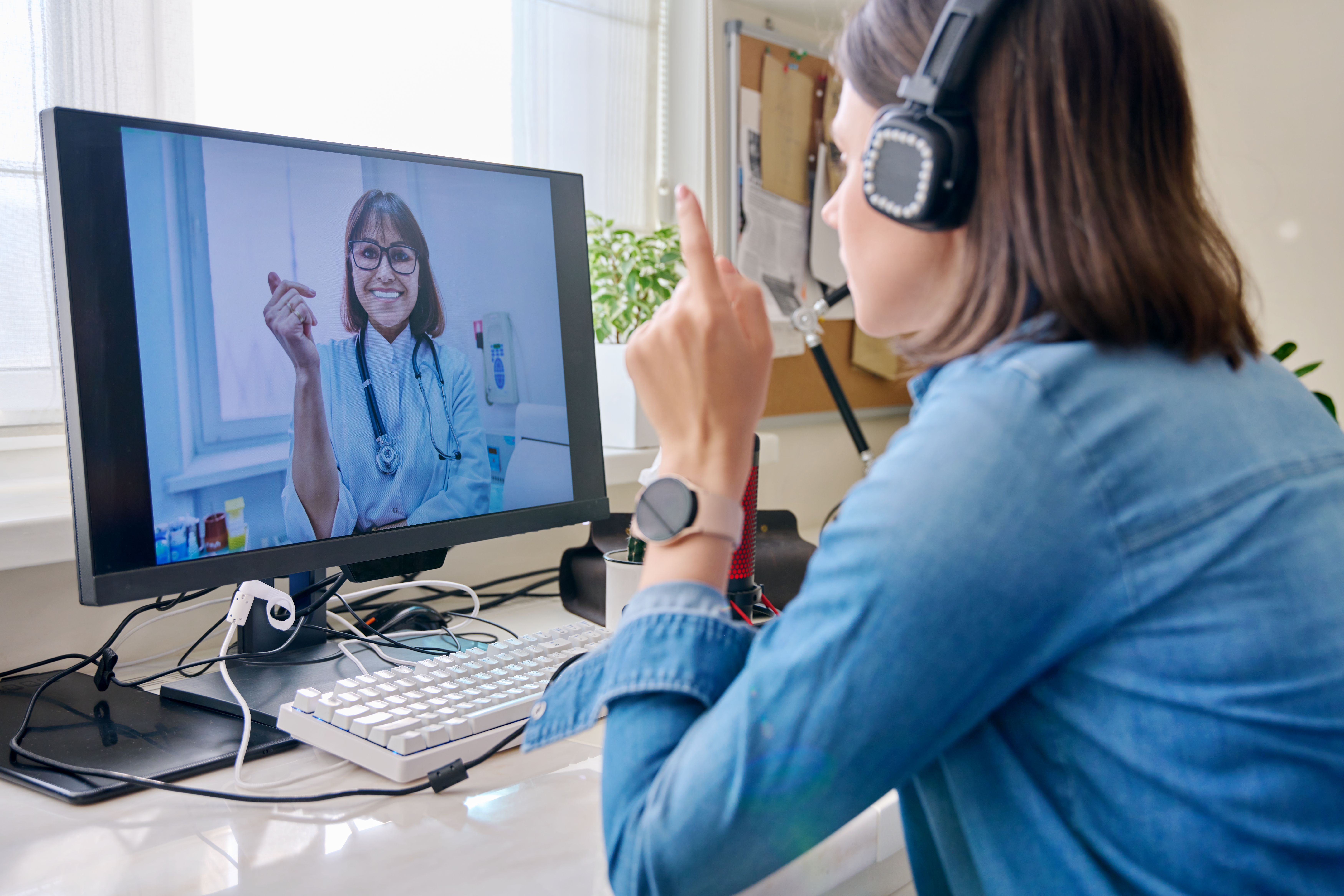12 Questions to Ask Your Doctor About Zepbound Side Effects
In the ever-evolving landscape of pharmaceuticals, understanding the complexities of medication side effects is paramount. Zepbound, a novel therapeutic agent, has garnered attention for its efficacy but also raises questions regarding its side effects. This article embarks on a comprehensive journey to unravel the mysteries surrounding Zepbound's side effects. By posing 12 essential queries, we aim to equip healthcare professionals, patients, and researchers with the knowledge needed to navigate this intricate domain. Through meticulous exploration, each query serves as a stepping stone toward mastering the medical intricacies of Zepbound, ensuring informed decision-making and enhanced patient care.
1. What is Zepbound and How Does it Work

Zepbound, a recent addition to the pharmacological arsenal, is designed to target specific pathways in the body, offering therapeutic benefits for a range of conditions. Understanding its mechanism of action is crucial for grasping its potential side effects. Zepbound operates by modulating certain receptors, which can lead to alterations in biological processes. This modulation is the foundation of both its therapeutic effects and its side effects. By delving into the molecular dynamics of Zepbound, healthcare providers can better predict and manage its impact on patients, ensuring that the benefits outweigh the risks.
2. What Are the Common Side Effects of Zepbound

Every medication comes with a spectrum of side effects, and Zepbound is no exception. Common side effects often include mild symptoms such as headaches, dizziness, and gastrointestinal disturbances. While these are generally manageable, understanding their prevalence and triggers is essential for patient reassurance and compliance. By examining clinical trial data and post-marketing surveillance reports, healthcare professionals can identify patterns and mitigate these effects. Educating patients on what to expect can significantly enhance their treatment experience and adherence to prescribed regimens.
3. Can Zepbound Cause Severe Adverse Reactions

While common side effects are often mild, the possibility of severe adverse reactions cannot be overlooked. These reactions, although rare, can include significant cardiovascular, hepatic, or neurological events. Identifying patients at risk for such reactions is a critical component of Zepbound therapy. By analyzing case studies and adverse event reports, healthcare providers can develop strategies to minimize risks. This involves thorough patient history assessments, monitoring for early warning signs, and implementing preventive measures to safeguard patient health.
4. How Do Patient-Specific Factors Influence Zepbound Side Effects

Patient-specific factors such as age, gender, genetics, and pre-existing conditions can significantly influence the side effect profile of Zepbound. For instance, elderly patients or those with compromised liver function may experience heightened sensitivity to the drug. Understanding these variables allows for personalized treatment plans that optimize efficacy while minimizing adverse effects. Genetic testing and biomarker analysis are emerging tools that can further refine this personalization, paving the way for precision medicine in Zepbound therapy.
5. What Role Does Dosage Play in the Side Effect Profile of Zepbound

Dosage is a critical determinant of both the efficacy and safety of Zepbound. The relationship between dose and side effects is often non-linear, necessitating careful titration to achieve therapeutic goals without undue risk. Overdosing can exacerbate side effects, while underdosing may compromise efficacy. By reviewing pharmacokinetic and pharmacodynamic studies, healthcare providers can establish optimal dosing regimens tailored to individual patient needs, balancing therapeutic benefits against potential harms.
6. Are There Drug Interactions That Heighten Zepbound Side Effects

Drug interactions can significantly alter the side effect profile of Zepbound, either by increasing its plasma concentration or by synergistically enhancing its effects. Concomitant use of certain medications, such as anticoagulants or antihypertensives, may necessitate dosage adjustments or enhanced monitoring. By understanding the pharmacological interactions between Zepbound and other drugs, healthcare providers can anticipate potential complications and implement strategies to mitigate them, ensuring patient safety and treatment efficacy.
7. How Does Long-Term Use of Zepbound Affect Side Effects

The long-term use of Zepbound raises important considerations regarding cumulative side effects and potential toxicity. Chronic exposure may lead to the development of tolerance or the emergence of new side effects not observed in short-term use. Continuous monitoring and regular evaluation of patient outcomes are essential to identify and address these issues promptly. Longitudinal studies and real-world evidence contribute valuable insights into the long-term safety profile of Zepbound, guiding clinical practice and informing patient counseling.
8. What Monitoring Strategies Can Mitigate Zepbound Side Effects

Effective monitoring is a cornerstone of managing Zepbound side effects. Regular clinical assessments, laboratory tests, and patient-reported outcomes provide a comprehensive picture of the drug's impact. Implementing structured monitoring protocols allows for early detection of adverse effects and timely intervention. By fostering open communication between healthcare providers and patients, potential issues can be addressed proactively, enhancing treatment adherence and patient satisfaction.
9. How Can Patient Education Improve Outcomes in Zepbound Therapy

Patient education is a powerful tool in managing medication side effects. Empowering patients with knowledge about Zepbound, its potential side effects, and self-monitoring techniques can improve treatment outcomes. Educated patients are more likely to recognize early signs of adverse effects and seek timely medical attention. Healthcare providers should prioritize clear communication, utilizing resources such as informational brochures, digital platforms, and support groups to reinforce patient understanding and engagement.
10. What Are the Ethical Considerations in Prescribing Zepbound

Prescribing Zepbound involves navigating ethical considerations, balancing potential benefits against the risks of side effects. Informed consent is a fundamental principle, requiring transparent communication about the drug's risks and benefits. Healthcare providers must consider patient autonomy, ensuring that individuals are fully informed and involved in decision-making processes. Ethical prescribing also involves equitable access to treatment, addressing disparities in healthcare delivery and ensuring that all patients have the opportunity to benefit from Zepbound therapy.
11. How Does Ongoing Research Influence Our Understanding of Zepbound Side Effects

Ongoing research plays a pivotal role in deepening our understanding of Zepbound's side effects. Clinical trials, observational studies, and pharmacovigilance initiatives contribute to an evolving knowledge base. Emerging data can lead to updates in prescribing guidelines, identification of new side effects, and development of risk mitigation strategies. Collaboration between researchers, clinicians, and regulatory bodies is essential to ensure that the latest evidence informs clinical practice, enhancing patient safety and treatment outcomes.
12. What Are the Future Directions in Managing Zepbound Side Effects

The future of managing Zepbound side effects lies in innovation and collaboration. Advances in pharmacogenomics, personalized medicine, and digital health technologies hold promise for refining treatment approaches. By leveraging big data and artificial intelligence, healthcare providers can predict and prevent adverse effects with greater precision. Interdisciplinary collaboration and patient-centered research will drive the development of novel interventions, ensuring that Zepbound therapy continues to evolve in alignment with patient needs and scientific advancements.
Mastering the Mysteries of Zepbound Side Effects

As we conclude this comprehensive exploration, it is evident that mastering the mysteries of Zepbound side effects requires a multifaceted approach. Through critical inquiry and evidence-based practice, healthcare professionals can navigate the complexities of Zepbound therapy with confidence. By addressing the 12 essential queries, we have laid the groundwork for informed decision-making and enhanced patient care. As research progresses and new insights emerge, our understanding of Zepbound will continue to evolve, ensuring that patient safety and therapeutic efficacy remain at the forefront of medical practice.
